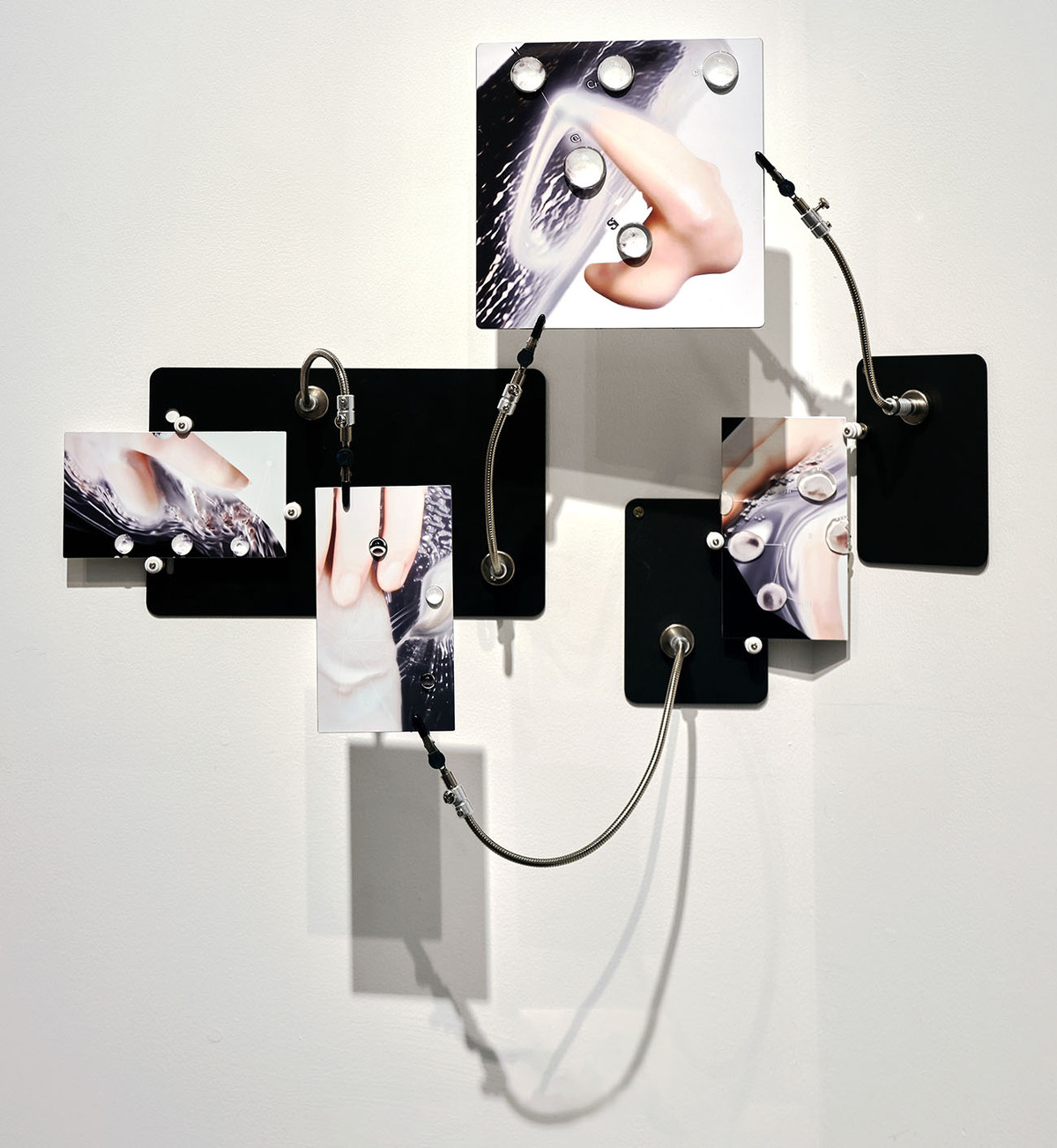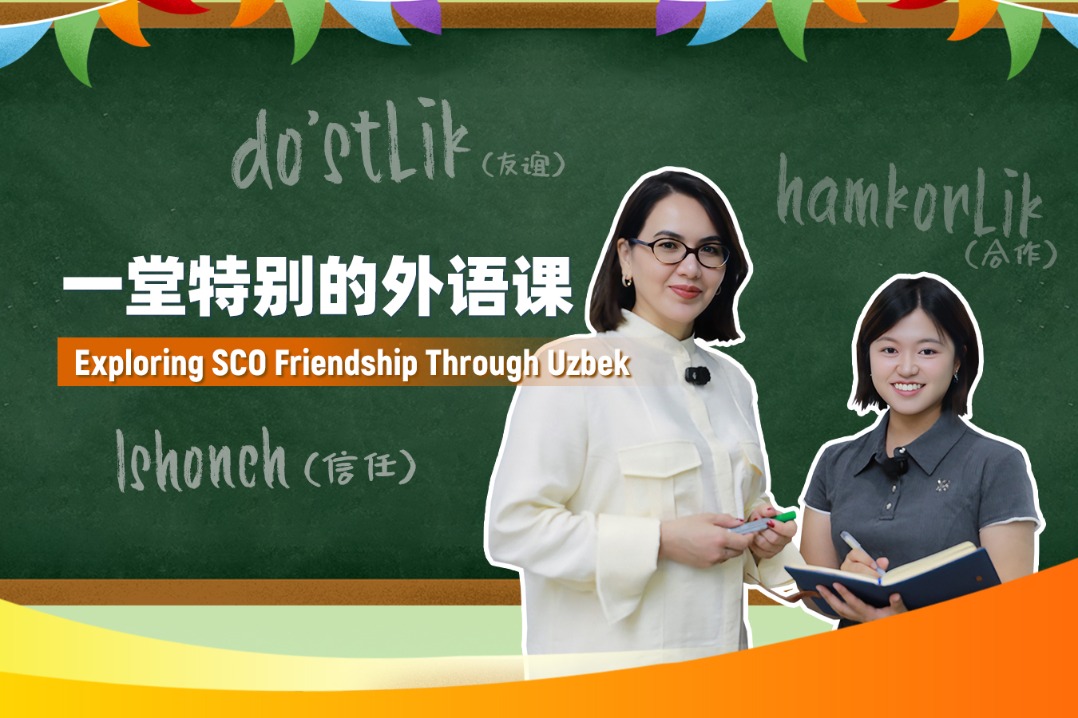Through a new lens


Re-viewing the body
By contrast, the millennial curators of (Post) Human Anatomy, Dia Yu and Abby Chen, have tried to tackle the vast and complex theme of the evolution of the human body, as its journeys through our mechanized present and into an imaginary bionic future. A winner of the ECP: Stars Emerging Curator Project, held under the aegis of the China Academy of Art in Hangzhou, (Post) Human Anatomy takes its cue from Benjamin Hobson's A New Theory of the Body (1851), which introduced the Western concept of human anatomy to a Chinese audience.
Hobson's text posed a challenge to the way the human body was being read as per traditional Chinese medical guidelines. Similarly, (Post) Human Anatomy is an attempt "to present a new or revolutionary way of viewing the body", says co-curator Yu. The show's ambition, she adds, is "to reconfigure the body in a new 'generative' perspective as a new open and diversified site. In this site, we want to embrace all differences and reflect on the relationship between humans and species often classified as 'the others'".
For instance, two of the video installations at the exhibition, Chen Yu's The Alter Ego and Weddings by Xu Jing and Vic Fu, depict cyborgs - computer-generated androgynous figures in the case of the former, and Xu herself dressed up as a part-bionic creature shown as getting married to Fu playing a sexually ambiguous human in the latter.
According to co-curator Chen, Weddings presents "a provocative and somewhat counterintuitive possibility" to the idea that our increasing dependence on machines, and particularly artificial intelligence, will inevitably lead to a dystopian future. On the contrary, "machine intervention in our bodies and minds could potentially foster a more-inclusive society by breaking down traditional barriers of communication and experience," she says. "By creating a shared technological interface for human interaction, these interventions might allow for more direct empathy and understanding across diverse groups, transcending current limitations of language, culture and individual perception."























